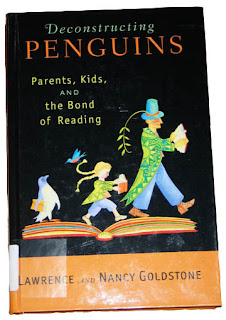- Different varieties of whales make their appearance in this last section. Visit the American Cetacean Society to satiate your need to know. They have fact sheets, resource lists, and curriculum. You have to give your email address to access some sections, but the information is good enough to risk getting a little junk mail. I particularly like the Cetacean Breath Chart and the breath holding activity that goes along with it.
- Atlantis - Interesting passage in the book and there are many books if you want to add information. Atlantis: The Legend of a Lost City by Christina Belit is one that we were able to get from our library.
- Volcanoes - Interestingly enough we started studying volcanoes and volcanic rocks about the time we got to this section of the book. I'll do a separate post since it is part of our planned science study this year.
- Honeybees - We didn't do much here because the children have been helping with the beekeeping duties since they were three. But possibilities exist since bees are such interesting insects, not to mention productive.
- Penguins - If you haven't seen it already, be sure to watch March of the Penguins. Though the movie only tracks emperor penguins, the Antarctic is shown in its bitter cold, unforgiving beauty. Did I mention how much I like Morgan Freeman's voice? Watch Happy Feet, too. It makes me smile.
- While you're still shivering, snuggled in front of the television, watch Eight Below for a view of scientists working in Antarctica. Then talk about the South Pole and how you know when you make it there. Nemo used chronometers, barometer, and lenticular glass.
- Icebergs - Here is a wonderful lesson (much more than one lesson) combining icebergs, Antarctica, and penguins. The resources are fabulous!! My children are fascinated by icebergs.
- The Giant Polyps - K is obsessed with this. Unfortunately, the creatures in the book don't have a scientific basis. We did look. We found these giant squid pictures and information.
As with all good books they lead to other good books. We are now reading The Mysterious Island because inquiring minds want to know, "What happened to Captain Nemo?" In fact, K has all of Jules Verne's books on his to be read list.


